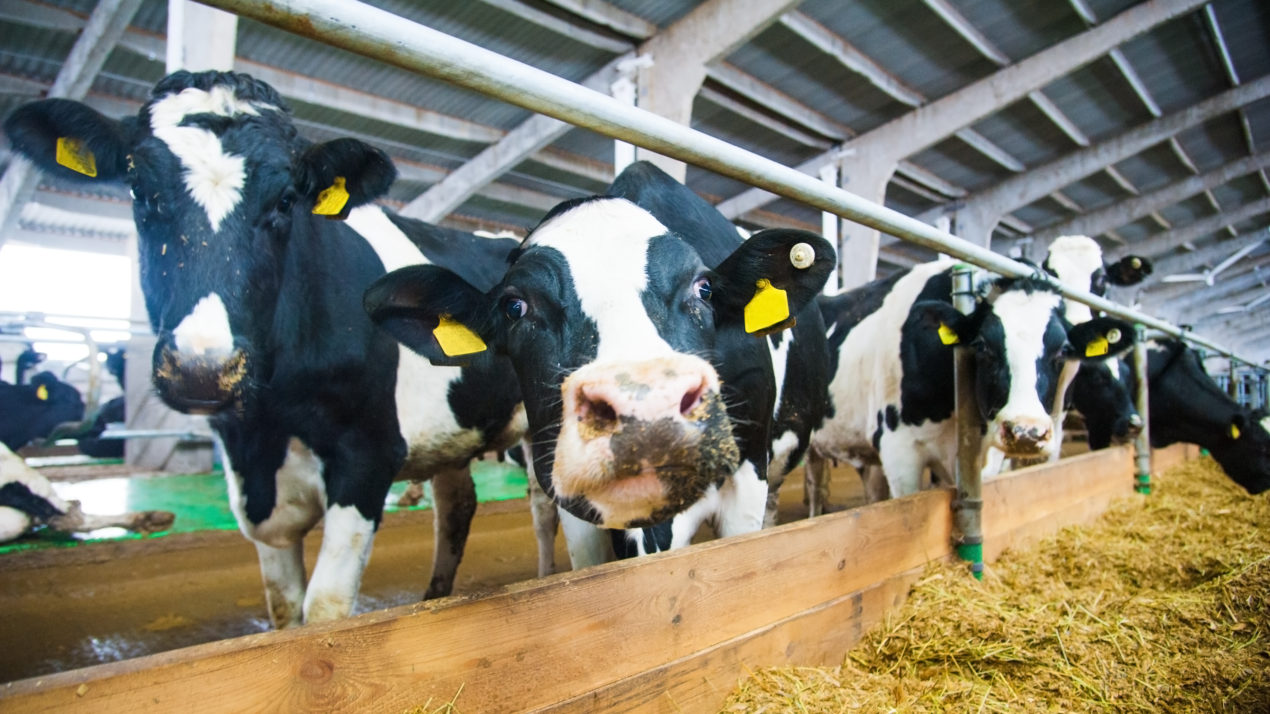
As environmental improvement goals become more defined in the dairy community, partnerships are proving to be powerful tools.
Through a joint effort involving partners such as the Dairy Strong Sustainability Alliance and The Nature Conservancy, the Innovation Center for U.S. Dairy is working to meet new environmental stewardship goals and carry out a vision that dairy farmers can be a key part of the solution to environmental challenges.
Through the center’s Net Zero Initiative, the dairy community is committing to being carbon neutral or better, optimizing water usage while maximizing recycling, and improving water quality by optimizing the use of manure and nutrients by 2050.
“I think we can all agree that collaboration will make us all more effective,” Lauren Brey, director of strategic partnerships and sustainability for the Dairy Strong Sustainability Alliance, said. “No one organization has all the tools and resources out there, but by working together we can leverage resources that we all have expertise in and make a greater impact.”
Brey was part of a panel discussion Jan. 20 at the Dairy Business Association’s annual Dairy Strong conference. The event is virtual this year.
Brey thinks a comprehensive approach is needed to accomplish the goals. Working together with strategic partners to answer questions from customers and brands is important, she said.
“We all have to talk and work together, and then agree on the outcome and the process to get there,” she said.
Diversification in partnerships is a key to success, Steve Richter, agricultural strategies director at The Nature Conservancy in Wisconsin, said. Government entities, for example, can provide useful tools and resources to move strategic partnerships forward. “We can scale up our work and have the greatest impact, the fastest, if we can bring all of these diverse organizations together,” Richter said. “The Nature Conservancy brings a global perspective.”
The Net Zero Initiative aims to knock down barriers to achieve net zero greenhouse gases and significant improvements from farm to field gate. Groundwork for the plan includes environmental and economic analysis, research and measurement to inform decisions, and updated models and advanced outcomes to benefit all dairy farms.
“This will help farmers make great decisions for their farms,” said Karen Scanlon, senior vice president for environmental stewardship at Dairy Management Inc., which helped create the Innovation Center for U.S. Dairy.
Testing and research will be done through the initiative’s Dairy Scale for Good program, which will use expedited economic and environmental projects on pilot farms to prove the business case, decrease capital cost and create more revenue streams. Collaboration will bring greater access to technical, financial and educational support and will encourage the adoption of innovative environmental practices.
“Throughout the value chain, we have to foster that strong sense of collaboration if we want to truly move the needle and create greater benefits for dairy farmers,” Scanlon said. Brey said partnerships in the industry are coming in the form of farmer-led watershed conservation groups, which are helping to meet environmental stewardship goals. The primary benefit of these groups is for farmers to learn from one another and try new conservation practices.
“Farmers are excited about conservation and they’re talking about it,” Scanlon said. “And these groups are supporting all types of farmers, not just dairy, which really speaks to collaboration.”

